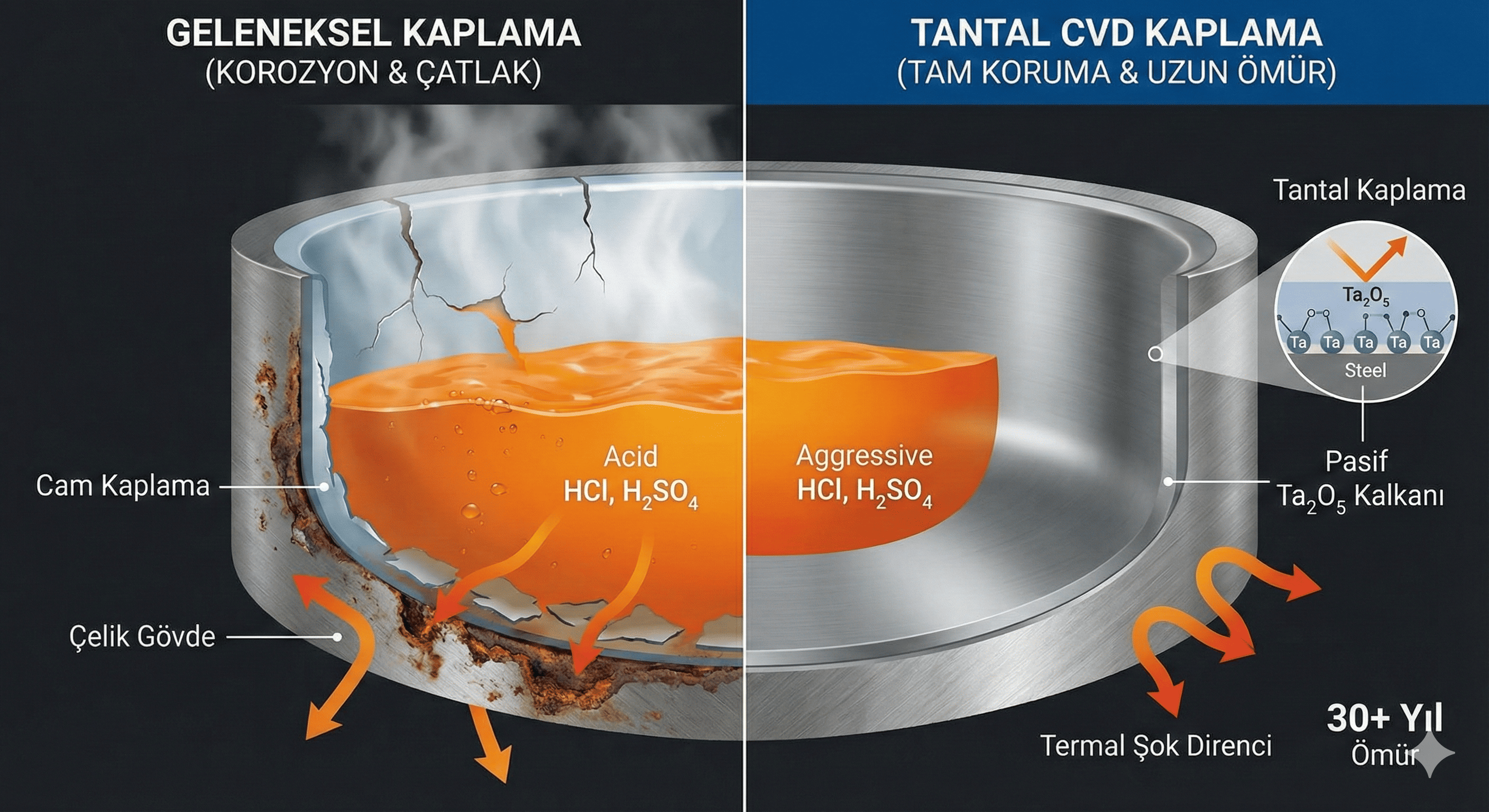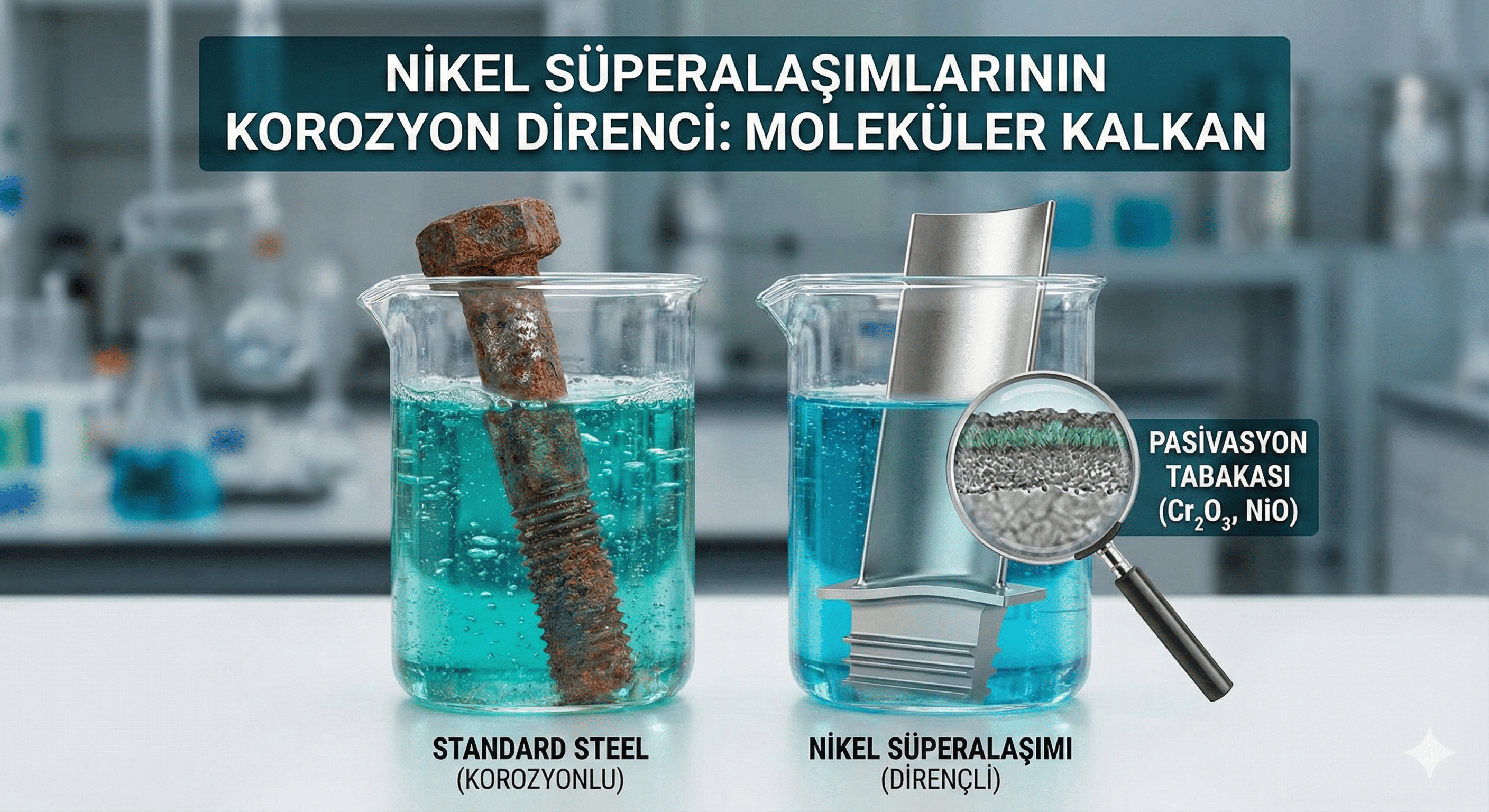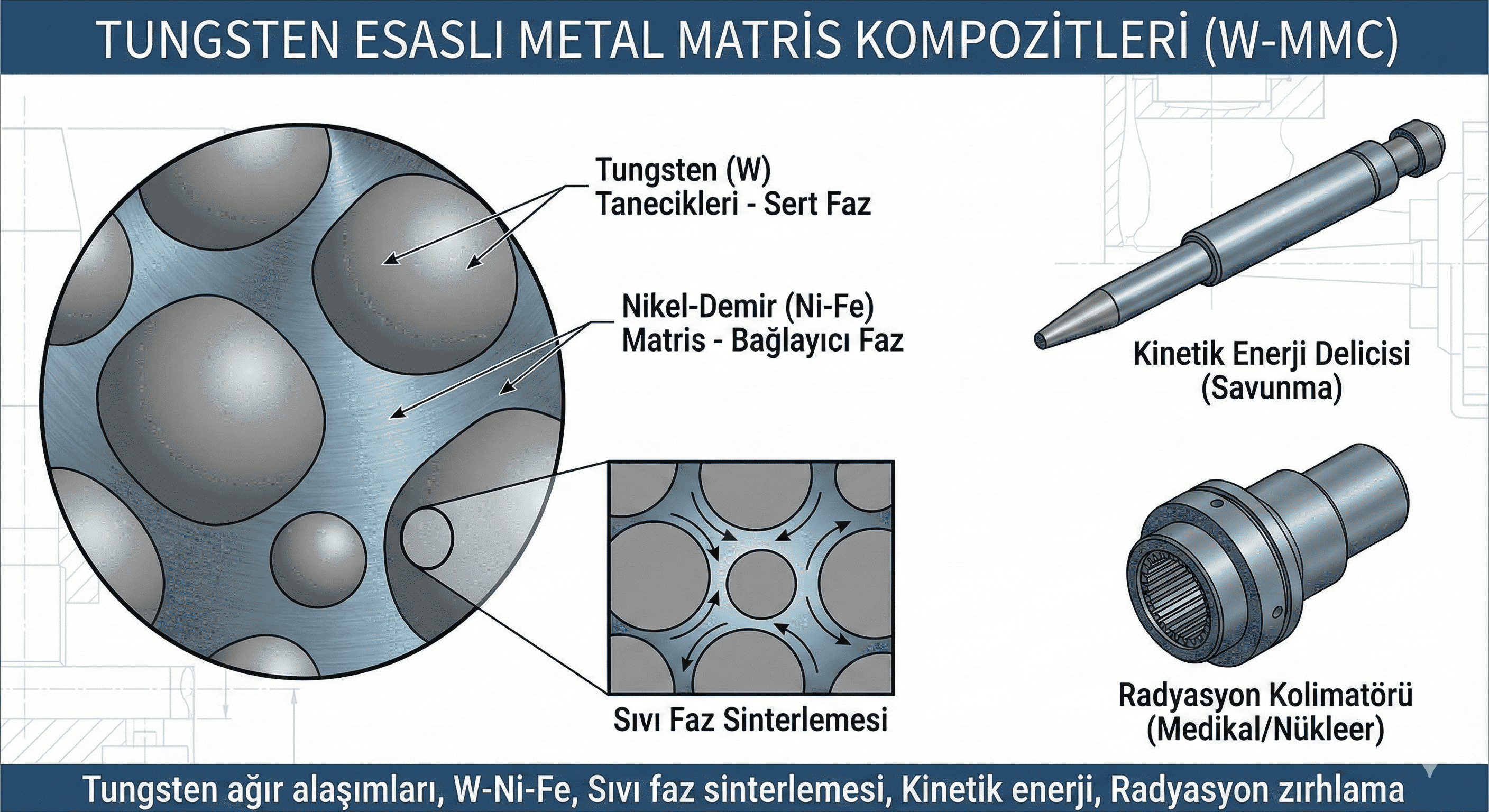Title: Niobium Oxide Nanoparticles: Synthesis, Properties, and Emerging Applications
Abstract:
Niobium oxide nanoparticles (Nb²O5 NPs) have garnered interest in recent years due to their unique electronic, optical, and catalytic properties. This article provides an in-depth review of the synthesis methods, characterization techniques, and potential applications of Nb²O5 NPs, emphasizing their role in advanced technologies and materials science.
1. Introduction:
Niobium oxide (Nb²O5) is a transition metal oxide known for its wide bandgap, high dielectric constant, and catalytic activity. At the nanoscale, Nb²O5 exhibits enhanced properties such as increased surface area and reactivity, making it valuable for various technological applications.
2. Synthesis Methods:
- Chemical Vapor Deposition (CVD): Allows for precise control over the composition and morphology of Nb²O5 NPs. This method is useful for creating uniform thin films and coatings.
- Sol-Gel Process: Involves the transition from a liquid sol to a solid gel, enabling the formation of Nb²O5 NPs with controlled size and shape. This method is popular due to its simplicity and scalability.
- Hydrothermal and Solvothermal Synthesis: Utilizes high-pressure and high-temperature conditions to produce Nb²O5 NPs with well-defined structures. These methods are effective for creating nanoparticles with specific properties.
- Ball Milling: A physical method that uses mechanical force to reduce the particle size of Nb²O5, resulting in nanoparticles with potential applications in various fields.
3. Characterization Techniques:
- Transmission Electron Microscopy (TEM): Provides detailed images of Nb²O5 NP size and morphology at the nanometer scale.
- X-ray Diffraction (XRD): Analyzes the crystal structure and phase purity of Nb²O5 NPs.
- Scanning Electron Microscopy (SEM): Offers insights into the surface morphology and particle size distribution.
- Brunauer-Emmett-Teller (BET) Analysis: Measures the surface area and porosity of Nb²O5 NPs, which are crucial for applications like catalysis and energy storage.
- Fourier Transform Infrared Spectroscopy (FTIR): Identifies functional groups and provides information on the chemical bonding of Nb²O5 NPs.
4. Properties:
- Optical Properties: Nb²O5 NPs have a high bandgap (~3.2-4.0 eV), making them suitable for photocatalysis and optical applications. They exhibit interesting optical behaviors such as photoluminescence and photocatalytic activity under UV light.
- Electrical Properties: The high dielectric constant of Nb²O5 NPs makes them valuable for applications in capacitors and electronic devices. Their semiconducting behavior can be tailored through doping and structural modifications.
- Catalytic Properties: Nb²O5 NPs are effective catalysts for various chemical reactions, including the oxidation of organic compounds and the synthesis of fine chemicals. Their high surface area and active sites contribute to their catalytic efficiency.
5. Applications:
- Energy Storage: Nb²O5 NPs are explored as electrode materials in lithium-ion and sodium-ion batteries due to their high capacity, stability, and rate capability.
- Catalysis: Used in heterogeneous catalysis for reactions such as the oxidation of hydrocarbons, the degradation of pollutants, and the production of biodiesel.
- Optoelectronics: Integrated into devices such as photodetectors and light-emitting diodes (LEDs) due to their favorable optical properties.
- Environmental Remediation: Applied in photocatalytic processes for the degradation of organic pollutants and the purification of air and water.
6. Challenges and Future Directions:
While Nb²O5 NPs offer numerous benefits, challenges such as the scalability of synthesis methods, long-term stability, and cost-effectiveness remain. Future research is directed towards optimizing synthesis routes, enhancing the performance and stability of Nb²O5 NPs, and exploring new and innovative applications.
7. Conclusion:
Niobium oxide nanoparticles hold significant promise across various fields due to their unique properties and versatile applications. Continued advancements in synthesis and characterization techniques will further expand their use, paving the way for innovative solutions in technology and materials science.
This summary provides an overview of Niobium Oxide Nanoparticles, focusing on their synthesis, properties, and applications. If you need more detailed information on any particular aspect, let me know!





